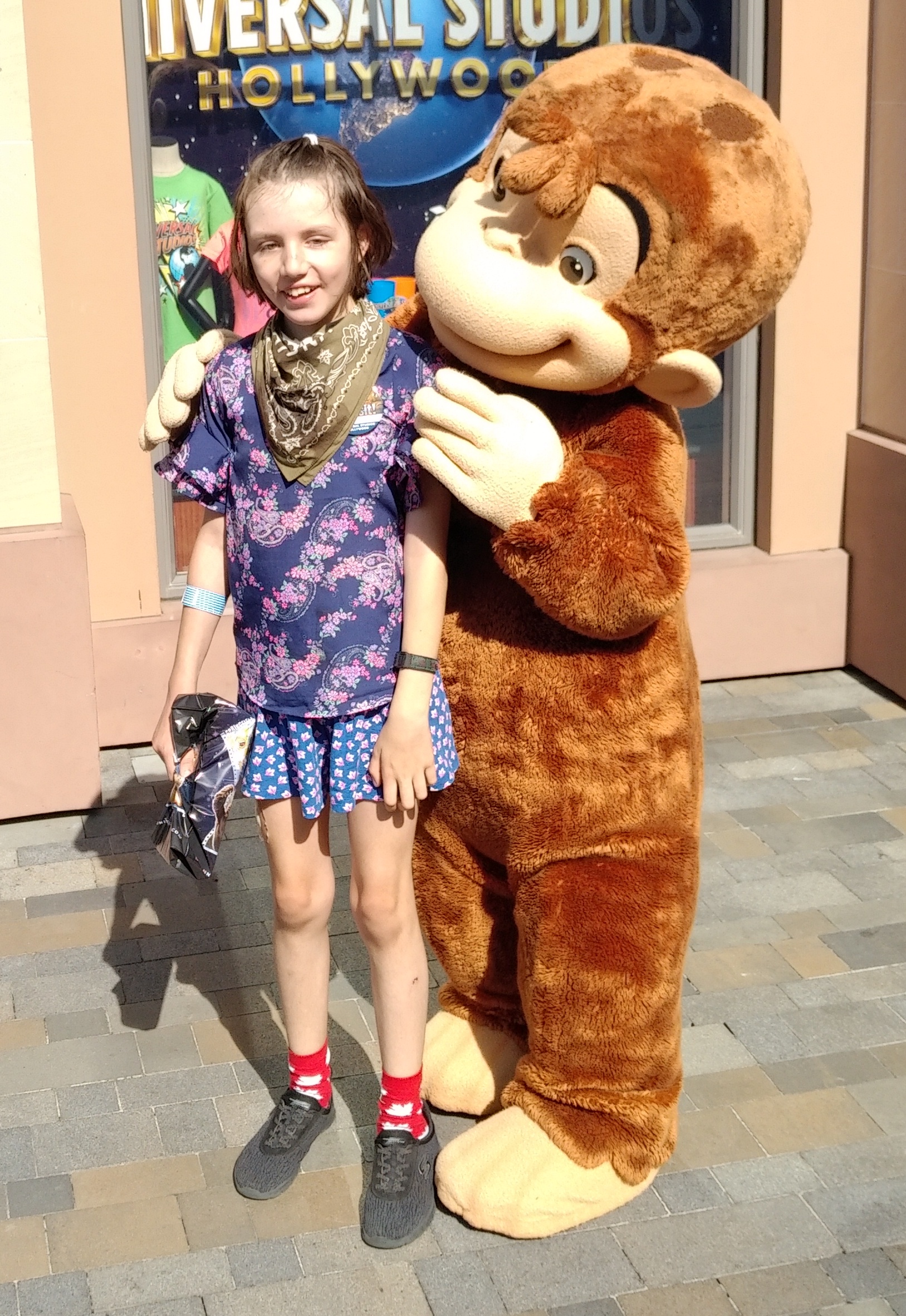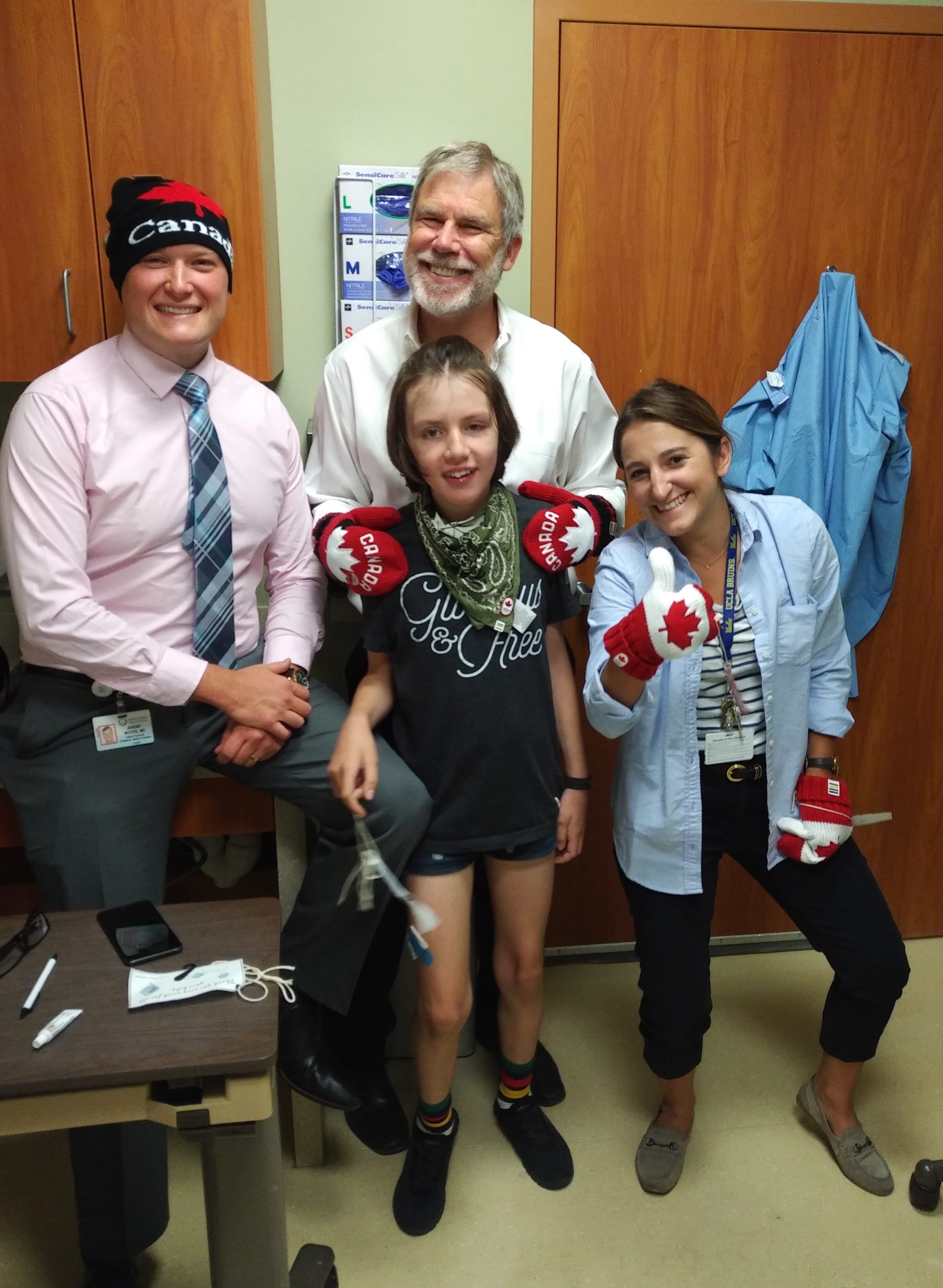
Sep 01, 2020
The participant experienced early gross motor developmental delays. During her first two years of life, she had language delays and low muscle tone (hypotonia). She sat at 12 months and walked at 24 months. She began to experience severe epileptic encephalopathy starting at age 3. Specifically, the participant experiences multiple types of generalized seizures, which include myoclonic-tonic, atypical absence, and atonic head drops. An MRI at age 9 revealed brain abnormalities of the hippocampus, cerebral cortex, and cerebellum. Currently, the patient walks with a widely spaced gait and is clumsy. She is able to verbally communicate but after a recent hospitalization, she has had regression of some of her verbal skills and currently only uses a few words.


Clinicians and researchers are investigating the following de novo genetic change to see if it is causing the participant’s symptoms:
If this participant sounds like you or someone you know, please contact us!